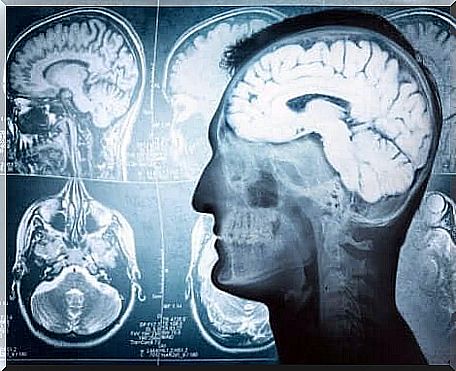All About Brain Swelling

A swelling of the brain can lead to the displacement of tissues within the skull. This means that there is an abnormal situation of the brain tissue along with the blood and lymphatic vessels.
The development of brain swelling can have serious consequences for the patient. Depending on the areas affected, the patient may show different symptoms or signs of this change.
Most common symptoms of brain swelling

The symptoms of this condition can vary widely and depend on the area of the brain affected. For example, a patient with brain swelling may show symptoms such as:
- hypertension
- migraine or headache that can vary in intensity
- fatigue, weakness, or general fatigue
- nausea, loss of consciousness and, in the most severe cases, coma.
- a weak pulse. An irregular heartbeat can also occur, with a high risk of cardiac arrest.
- difficulty breathing normally. The respiratory cycle may be weakened and does not follow a set pattern. If the health situation deteriorates, the patient may experience respiratory arrest. This means that the patient’s breathing stops.
- changes in the response of the pupil(s), for example a dilation of the pupil or not responding to light. In addition, some patients may lose the ability to move one or both eyes.
- loss of functions normally generated by the brainstem region. As a result, certain reflexes such as nausea, the reaction of the pupils to light and even the blinking of the eyes can be lost.
Possible causes
At the moment, researchers have not yet fully unraveled the process of brain swelling. However, some studies indicate that this change occurs as a result of increasing pressure on one part of the brain.
On the other hand, a team of doctors has been investigating the possible causes or triggers of brain swelling. The causes they say are most common include:
- the growth of brain tumors. This type of change can be caused by the brain itself or can be caused by the presence of a tumor in another part of the body. In such a case, the cancer-causing cells may have moved from the primary tumor and may then begin to form a new tumor (metastasis).
- bleeding in the area. A hemorrhage causes an accumulation of blood in the brain as a result of a ruptured blood vessel. An example of this is a stroke in the brain.
- inflammation of the brain that can be caused by various conditions. For example, an inflammation of the brain, meningitis or as a side effect of radiotherapy.
- deformities or congenital changes in the bone structure of the skull.
- presence of abscesses caused by a bacterial or fungal infection. In this case, there may be an accumulation of pus and other elements in the brain region.
- formation of edema. An edema is an abnormal buildup of fluid in one part of the body. In this case, it can be caused by many things, such as skull trauma or stroke, for example, among other causes.
- the formation of hydrocephalus, also known as hydrocephalus.
Diagnosis of brain swelling

First of all, the medical team of specialists should check the symptoms that the patient has developed. To do that, they may perform various physical tests along with a review of the patient’s clinical history.
It may then be necessary for the physician to identify the cause of the increased intracranial pressure. In general, one opts for examinations to obtain images of the brain region. The most commonly used techniques for this are:
- x-rays
- magnetic resonance imaging (MRI)
- computed tomography (CT or CAT scan)
We hope this article answered all your questions about brain swelling. However, do not hesitate to visit your doctor for more information on this topic.









